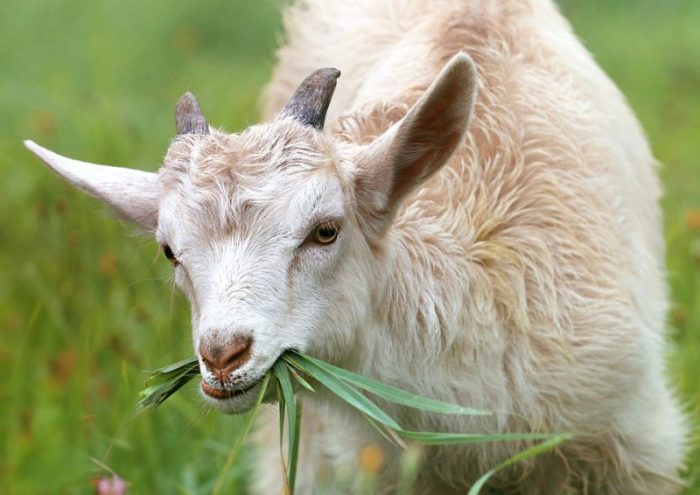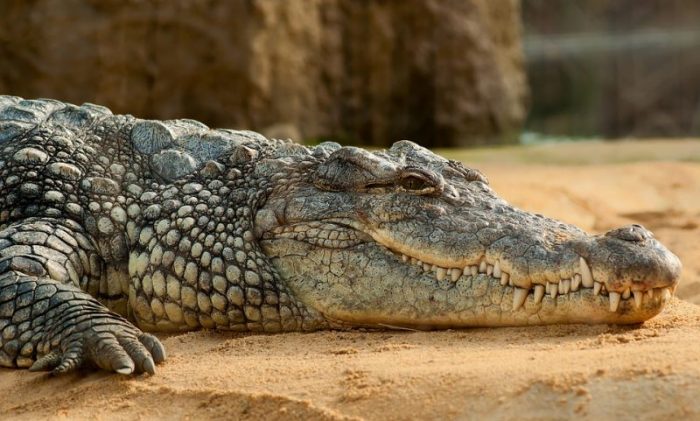
What’s a tertiary consumer? Consumers are organisms that consume (eat) other organisms to sustain themselves. Organisms that are consumers include heterotrophs like some animals, fungi, and bacteria. A tertiary consumer is an organism that obtains the energy it needs from consuming other consumers at different levels, from eating primary consumers or secondary consumers.
“For those of us climbing to the top of the food chain, there can be no mercy. There is but one rule: hunt or be hunted.” — Frank Underwood, House of Cards
That’s the short answer about what a tertiary consumer is, but to really understand how tertiary consumers differ from other types of consumers, it would be helpful to take a closer look at them and to contrast them with primary and secondary level consumers.
What Are Tertiary Consumers?
Before moving any further, it would be helpful to take a moment and define our terms. Consumers are organisms that get the energy they need from consuming other organisms. This is in contrast to organisms known as producers, which are capable of taking abiotic energy from the environment (sunlight usually) and producing organic compounds that store the energy.
Thinking About The Food Web
A simple depiction of the food chain usually looks like this: There are carnivores that prey on herbivores and herbivores that eat plant material. An example is a wolf bringing down a deer that eats plants.
However, interactions between consumers are substantially more complex than this. In reality, many carnivores will eat other carnivores if they get the chance, being opportunistic. For this reason, it is probably better to think of the food chain as a food web, with complex interactions linking different species together, rather than a simple progression from top to bottom. However, even amongst this complex series of interactions, there are still different orders/levels of consumer. There are three different types of consumers: primary consumers, secondary consumers, and tertiary consumers. The approximate position that an organism has within the ecosystem is referred to as its “trophic level”.
Trophic Levels
Trophic levels refer to how energy moves through the organisms that make up an ecosystem. You can think of the trophic levels like a pyramid, with the most efficient use of energy at the bottom, and with subsequent trophic levels based on which organisms consume which. At the very bottom of the trophic pyramid is the primary producer.
“Things can be low on the food chain, but that doesn’t mean they’re lowly…” — Gary Larson
Primary producers are green plants, for the most part, those that take energy from the sun and convert it into forms of stored energy through the process of photosynthesis. Primary producers are also referred to as autotrophs. Unlike producers, consumers cannot make their own energy and must obtain it by consuming producers, and they are called heterotrophs.
Primary consumers are those that consume the primary producers to get the energy that they make, organisms that eat plants. Secondary consumers are those that eat primary consumers. Tertiary consumers are those that eat either primary consumers or secondary consumers (some of them may even eat primary producers as well, like the omnivorous brown bear which eats plant material in addition to meat).
Facts About Tertiary Consumers
Tertiary consumers can be found in many different niches, coming in various sizes and shapes. While great hunters like lions and leopards are tertiary consumers, so are small creatures like sardines that eat tiny zooplankton. Most tertiary consumers found on land also support themselves by feeding on organisms found at multiple trophic levels. For instance, birds of prey like owls and eagles frequently function as secondary consumers when they are eating squirrels or rabbits, but they are tertiary consumers when consuming other carnivorous or omnivorous species like insect-eating birds and meat-eating skunks.
It isn’t uncommon for terrestrial tertiary consumers to be omnivorous in nature, being opportunistic consumers that will eat whatever they can to sustain themselves. For example, foxes are capable of feeding on not only rabbits, weasels, and voles, they will also eat berries.
While some tertiary consumers will find themselves being preyed upon by other tertiary consumers, tertiary consumers that have no natural predators are referred to as “apex predators”. Examples of apex predators include polar bears, lions, bald eagles, Nile crocodiles, and orcas. While other organisms may consume these predators after they have died, while they are alive they have no natural predators to fear.
Tertiary consumers (as well as secondary consumers and primary consumers) play an important role within the food web and ecosystem at large. They help keep the food web in balance by keeping numbers of secondary consumers and primary consumers in check, which helps keep plant populations at healthy levels. Without a balance based around the complex interactions between these various consumers and producers, an ecosystem can collapse and harm all of the species within it. Species that play important roles in maintaining the health of an ecosystem are referred to as keystone species.
Examples of Tertiary Consumers
Amongst the most famous examples of Tertiary consumers are big cats such as lions, leopards, and tigers. These species prey on both primary consumers and secondary consumers. To make the distinction between apex predator and tertiary consumer clear, leopards (though tertiary consumers) are not apex predators as they are sometimes killed by tigers or lions.
The King cobra is a snake that is known for eating other species of snakes. All snake species are carnivorous in nature, and this fact makes the King cobra a tertiary consumer.
“Predators and prey always coexist. That’s why we have galleries as well as photographers.” — Bill Jay
While all eagles are secondary consumers, not all of them are tertiary consumers. Eagles are carnivorous and feed on primary consumers like squirrels and rabbits, yet some eagles also play on secondary consumers like foxes, snakes, and owls. Bald eagles are apex predators, feeding on any other kind of consumer without the worry that they will be consumed.
Crocodiles are apex predators within aquatic environments. They have some of the strongest jaws out of all known animals, and even other predators like tigers can’t overpower a crocodile in the water. However, on land, a tiger or lion may be able to overpower a crocodile.











